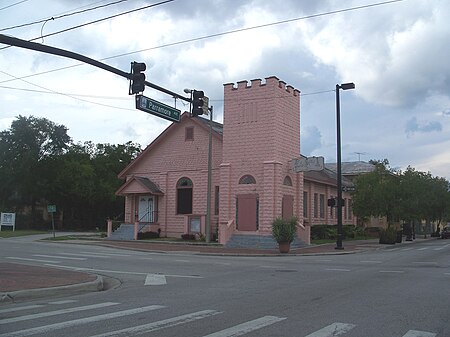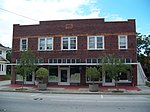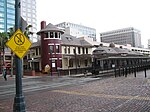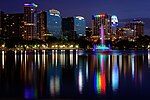Holden–Parramore Historic District
Greater Orlando Registered Historic Place stubsHistoric districts on the National Register of Historic Places in FloridaNRHP infobox with nocatNational Register of Historic Places in Orange County, Florida

The Holden–Parramore Historic District is a U.S. historic district located in Parramore neighborhood of west-central Orlando, Florida. The district is roughly bounded by W. Church Street, S. Division Avenue, Long Street, McFall Avenue, and S. Parramore Avenue.It was added to the National Register of Historic Places on September 23, 2009.
Excerpt from the Wikipedia article Holden–Parramore Historic District (License: CC BY-SA 3.0, Authors, Images).Holden–Parramore Historic District
Terry Avenue, Orlando
Geographical coordinates (GPS) Address Nearby Places Show on map
Geographical coordinates (GPS)
| Latitude | Longitude |
|---|---|
| N 28.538333333333 ° | E -81.386944444444 ° |
Address
Terry Avenue
Terry Avenue
32801 Orlando
Florida, United States
Open on Google Maps








